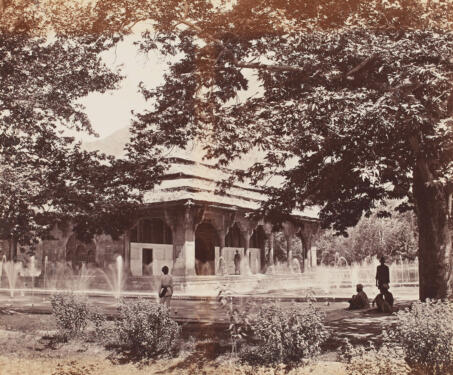

10 interesting facts about Mughal gardens
Mughal emperors considered gardens as one of the most important architectural components of their state—so what made a garden adequately ‘Mughal’? Here are 10 clues

Mughal emperors considered gardens as one of the most important architectural components of their state—so what made a garden adequately ‘Mughal’? Here are 10 clues
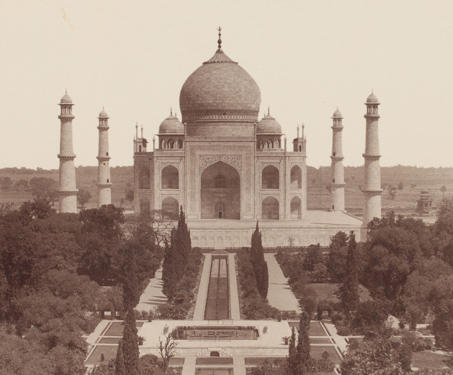
When Arjumand Banu Begum (1593-1631), principal consort of Mughal emperor Shah Jahan, passed away, a marble mausoleum was constructed to house her mortal remains on the south bank of the Yamuna. The Taj Mahal, originally named Rauza-i-Munawarah, took fifteen years from 1632 to be completed. Marble from Makrana, jasper from Punjab and jade from China… Read more »
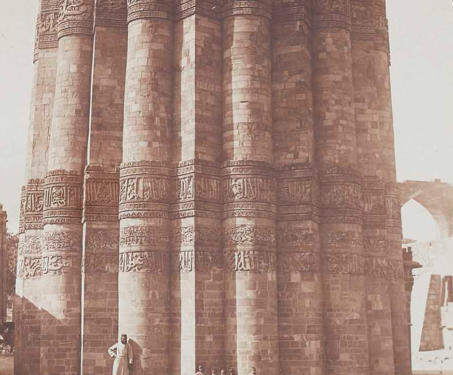
From medieval coins to colonial-era photography, we bring a diverse array of objects from our collection that reinforce the arguments made by Saubiya Chasmawala’s art
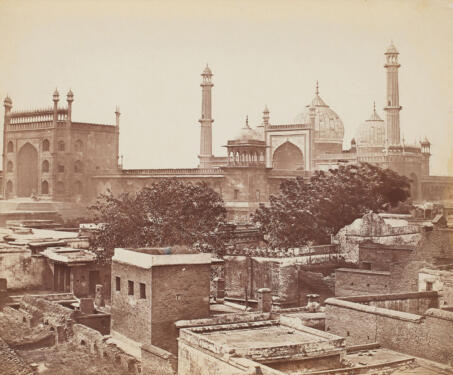
The Jama Masjid, Delhi was built between 1650 and 1658 by Shah Jahan in Shahjahanabad. The Sanctuary’s main facade consists of five arches on either side of a massive central lawn. It is built in red sandstone with decorations in white and black marble. The minarets have white marble stripes inlaid while the domes feature… Read more »
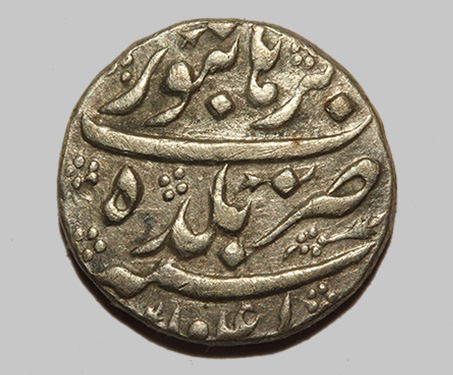
Nisar coins are named for their main purpose, ie scattering into the crowd by royalty. They were deployed for occasions that demanded ceremonial generosity, like at investitures, weddings or grand entrances. These coins were particularly lightweight. In addition to the regular gold, silver and copper coins, Shah Jahan released unique silver Nisar coins to present… Read more »
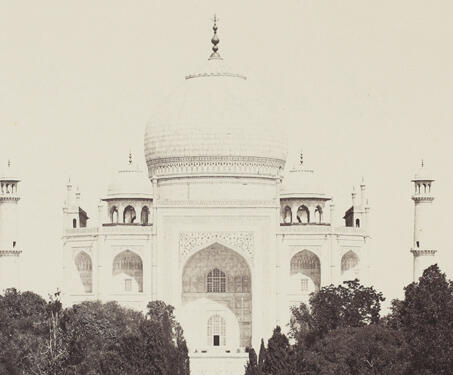
It’s a symbol of romantic love the world over. But what do the historians have to say about Mughal India’s most famous legacy? We examine new theories and pair them with rare vintage photographs of the Taj Mahal from our archive
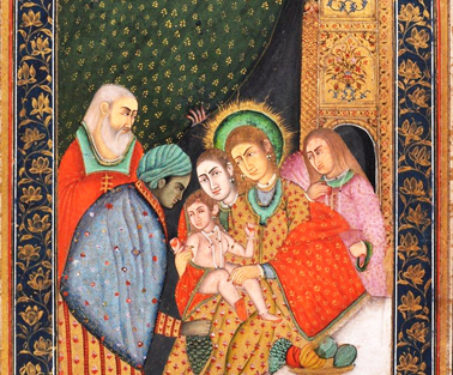
Starting in the 16th century, Christian themes went viral in traditional Indian art. Shubhasree Purkayastha explains how it all began

Meet the formidable warriors, diplomats and architects of the Mughal harems